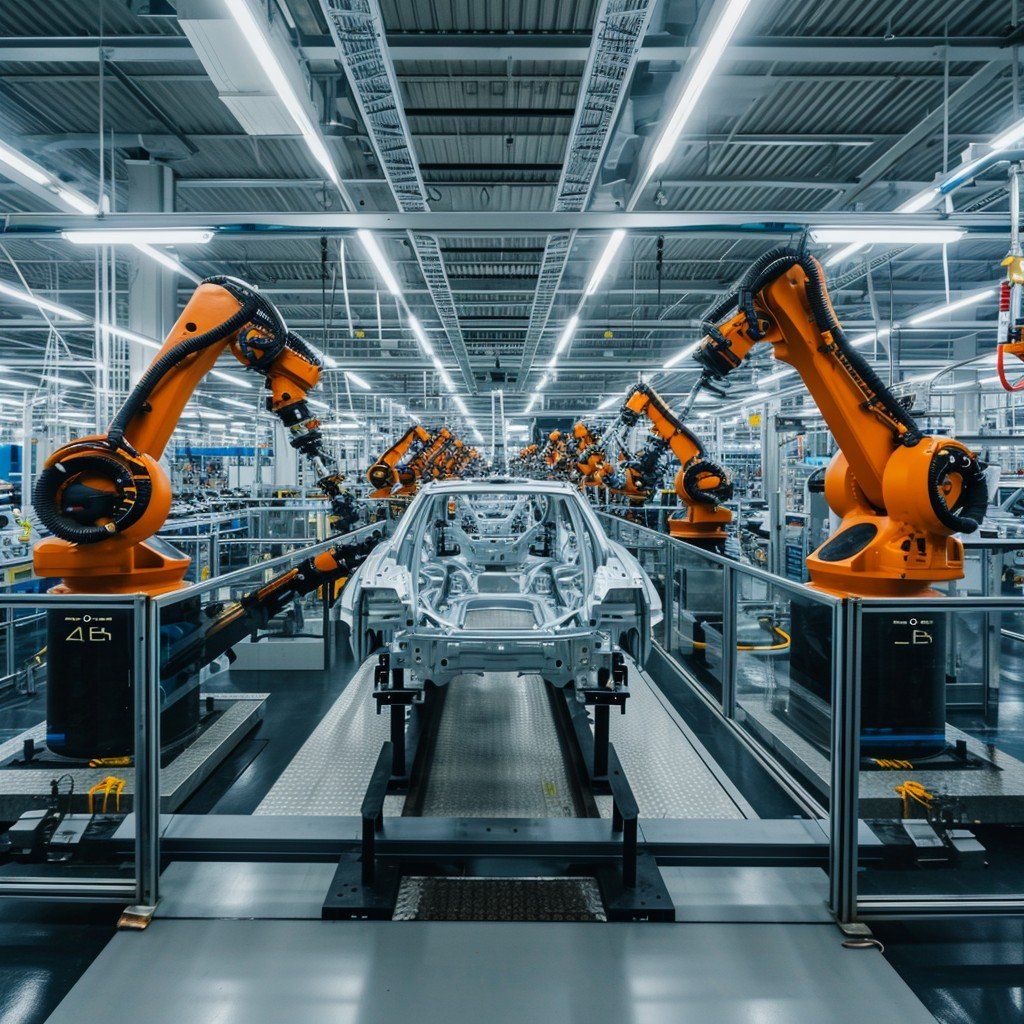Machine Learning Integration in Web Applications
Gökdeniz

The integration of machine learning capabilities into web applications represents one of the most significant technological advances in modern software development. This convergence is enabling developers to create intelligent, adaptive applications that can learn from user behavior, make predictions, and provide personalized experiences at scale.
The ML-Web Convergence
The traditional boundaries between machine learning and web development are dissolving. Modern web applications are increasingly incorporating ML features that were once the exclusive domain of specialized AI systems. This integration is being driven by advances in browser capabilities, cloud ML services, and developer-friendly ML frameworks.
Practical Implementation Strategies
Successfully integrating machine learning into web applications requires a strategic approach:
- Client-Side ML: Using frameworks like TensorFlow.js to run ML models directly in the browser for real-time inference and improved privacy.
- Cloud-Based ML Services: Leveraging cloud platforms to access powerful ML capabilities without managing infrastructure.
- Hybrid Approaches: Combining client-side and server-side ML to optimize for performance, privacy, and functionality.
- Progressive Enhancement: Implementing ML features as enhancements that improve the user experience without breaking core functionality.
- Data Pipeline Integration: Building robust data collection and processing pipelines to feed ML models with high-quality training data.
Real-World Applications
Machine learning integration is enabling new categories of web applications and enhancing existing ones. From recommendation engines and predictive search to automated content generation and intelligent user interfaces, ML is becoming an essential component of modern web experiences.
Performance and User Experience
Integrating ML into web applications requires careful consideration of performance implications. Model size, inference speed, and resource consumption must be balanced against the value provided to users. Techniques like model optimization, caching, and progressive loading help ensure that ML features enhance rather than degrade the user experience.
Privacy and Ethical Considerations
The integration of ML into web applications raises important privacy and ethical considerations. Developers must implement appropriate data protection measures, ensure algorithmic fairness, and provide transparency about how ML systems make decisions that affect users.
Development Workflow Integration
Modern web development workflows must accommodate the unique requirements of ML integration. This includes model versioning, A/B testing of ML features, monitoring model performance in production, and maintaining data quality over time.
Future Opportunities
The future of ML-enabled web applications is incredibly promising. Advances in edge computing, federated learning, and automated ML are making it easier than ever to build intelligent web applications that can adapt and improve over time.
At AGStellar, we're at the forefront of this ML-web integration revolution. Our team combines deep expertise in both machine learning and web development to create applications that are not just functional, but truly intelligent. We help our clients leverage ML to create competitive advantages and deliver exceptional user experiences.